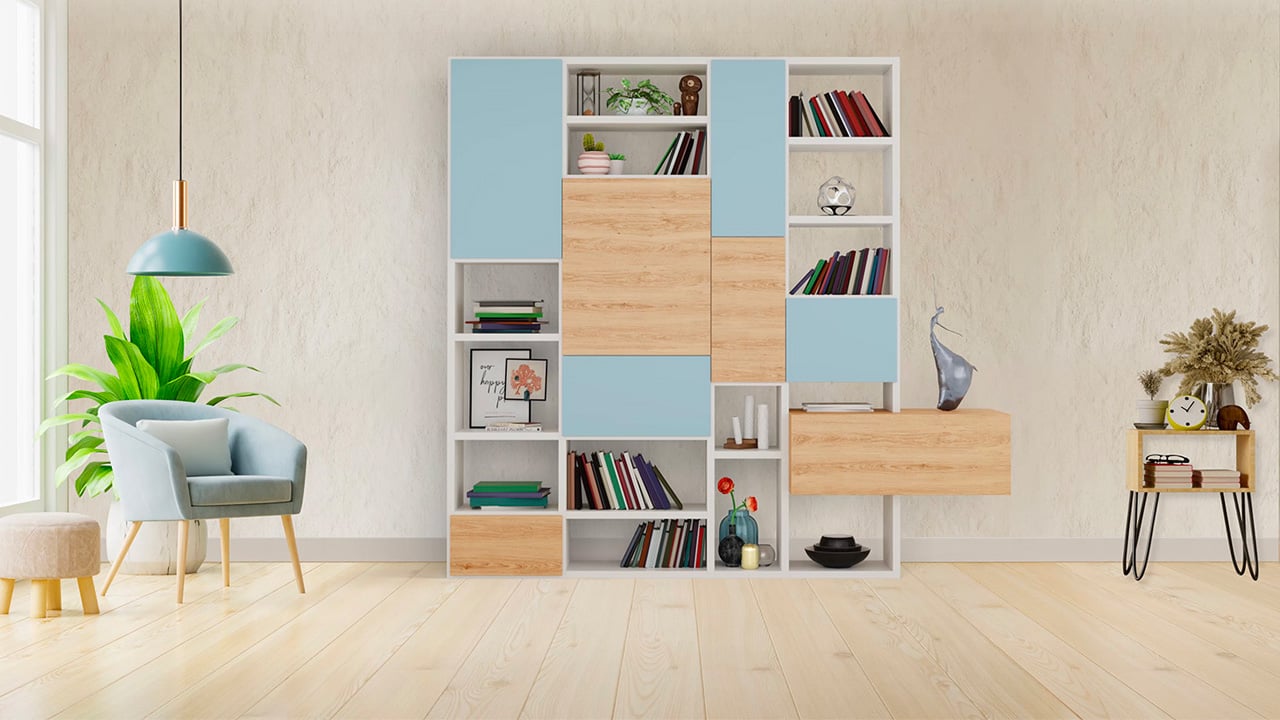What does it mean to be Industry 4.0
Furniture

Ralph Rosolen

Lean, mean, efficient machines – Is it possible to increase production capacity while slimming it down? How configuration design software can help manufacturers cut the fat out of production and create a lean fabrication line.
Lean production or lean fabrication describes a process of manufacturing which eliminates as much waste out of the process as possible. Waste is described anything that has no value and which the customer is not paying for. Father of the Toyota Production System, Taiichi Ohno, who inspired lean manufacturing systems in the U.S and around the world identified ‘7 Mudas’ or seven wastes including:
- Transport (moving products that are not actually required to perform the processing)
- Inventory (all components, work in progress and the finished product not being processed)
- Motion (people or equipment moving or walking more than is required to perform the processing)
- Waiting (waiting for the next production step)
- Overproduction (production ahead of demand)
- Over Processing (resulting from poor tool or product design creating activity)
- Defects (the effort involved in inspecting for and fixing defects)
This blog will explore how configuration software can reduce or eliminate some of the waste produced by some of these processes and help increase production capacity with a lean fabrication line. It will focus on Waiting, Overproduction, Over Processing and Defects.
Getting started with 3CAD
Firstly, the open nature of 3CAD allows the manufacturers we work with to easily integrate with any kind of software already implemented in their production system. The software utilises existing data information from that system, allowing manufacturers to use a unique and shared central data point.
Waiting
With 3CAD it’s possible to cut lead times by up to 50% because it can integrate with the user’s existing CNC machines – All the interface information to the CNC machines originates from the 3CAD graphic order, treating standard and non-standard elements in the same way. This helps to streamline the process as machines and production lines can be integrated into the network through a post-processor and can be connected to a barcode system for automatic piece recognition.
Overproduction
Because 3CAD allows end customers to make their own bespoke designs which are then fed directly to the fabricator, overproduction can become a thing of the past as only ordered products need to be made. This also means there is less waste material as there is no middle man, and therefore less room for error. In addition, the bill of materials (BOM) is automatically created in the initial design stage with parametric rules meaning that data is always complete and correct in the face of any modification done on the composition of a piece of furniture or product. BOM levels are managed with dynamic definition (through formulas and conditions) included with phases and cycles of processing and visualization in 3D of the work to be carried out on the individual components.
Over Processing
Being an all-in-one software, 3CAD gives the user one single view of all orders, putting you in control of your business and all output. Users can avoid having to check and double check orders because it’s all done automatically, so you can concentrate on more important things. Finally, with 3CAD all technical documents (production documents, department prints etc.) are fully customizable and can be adapted to the production needs of your company. This not only looks professional but the continuity in all areas makes for a more streamlined and slick operation.
Defects
With all its features and functionality coming together, 3CAD ensures that errors and defects are dramatically reduced, if not eliminated altogether and the production process becomes optimised to maximum efficiency.
To find out more about 3CAD and what it can do for your business, click here.
Related blogs

3D product configuration – Making the impossible, easy
October 02, 2024
There are many benefits to 3D production configuration, from increasing the volume of furniture sales to streamlining the process for you and your customers.

3 market drivers reshaping the KBB and furniture industry
July 23, 2024
Explore the key market drivers transforming the KBB and furniture industry: market transparency, speed to market, and hybrid models.

Unforgettable customer experiences in KBF retail: Top tips
July 03, 2024
Discover how to create unforgettable customer experiences in your kitchen and bathroom retail business with these proven strategies.